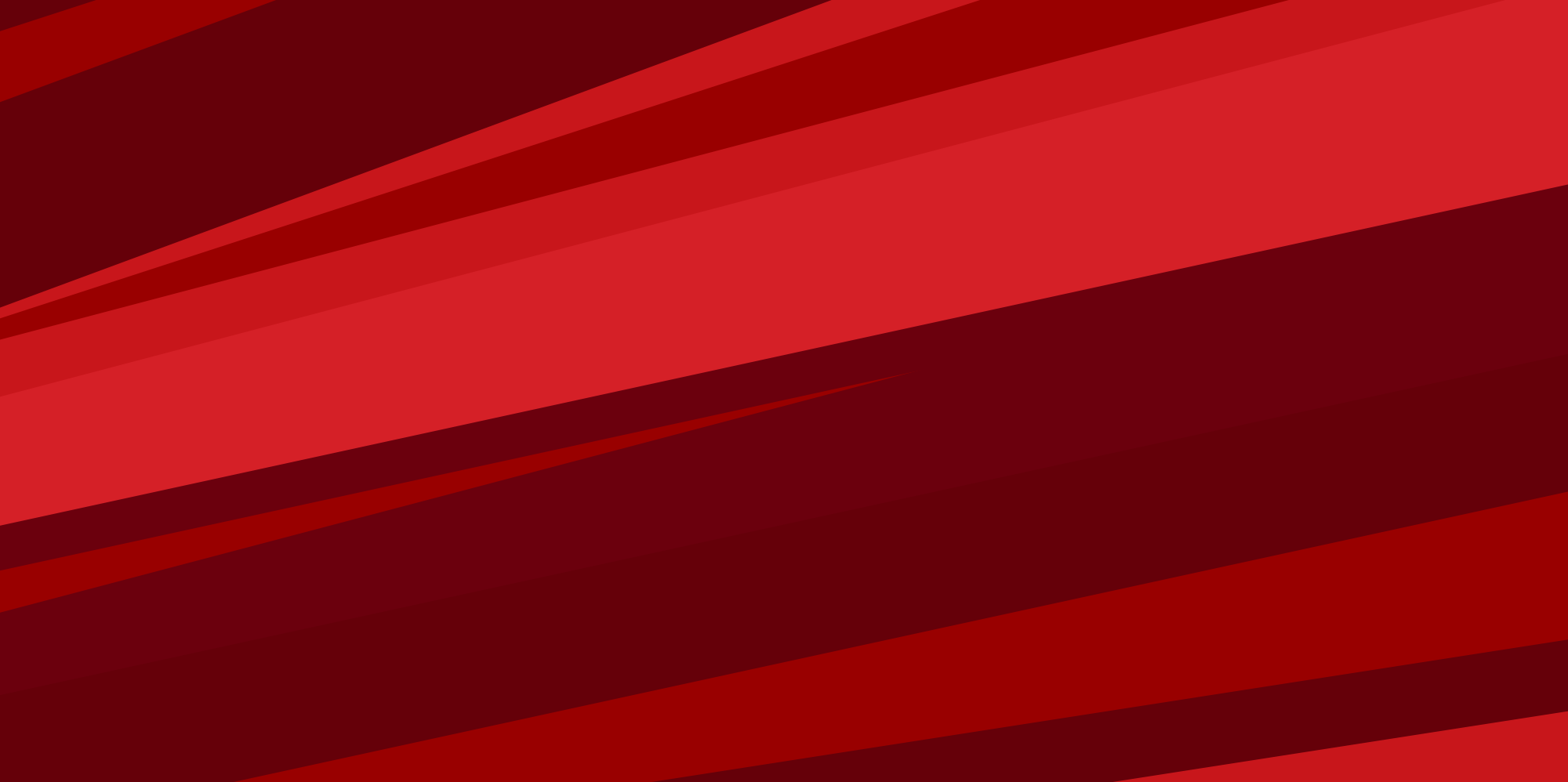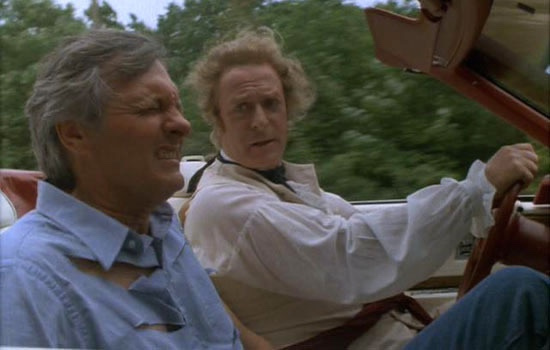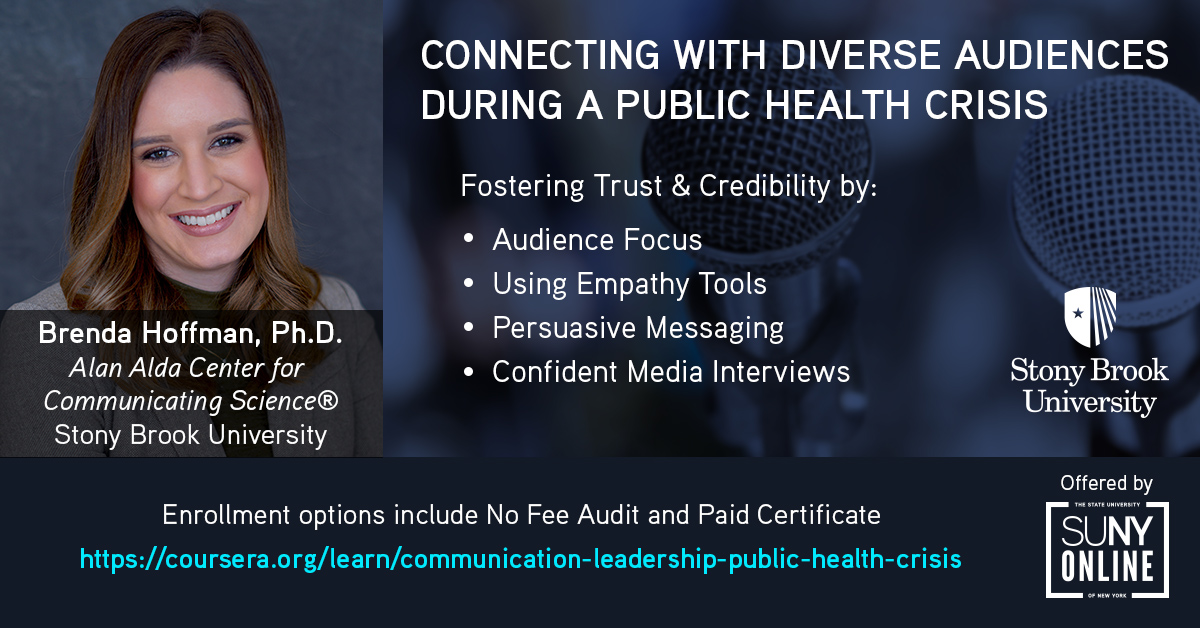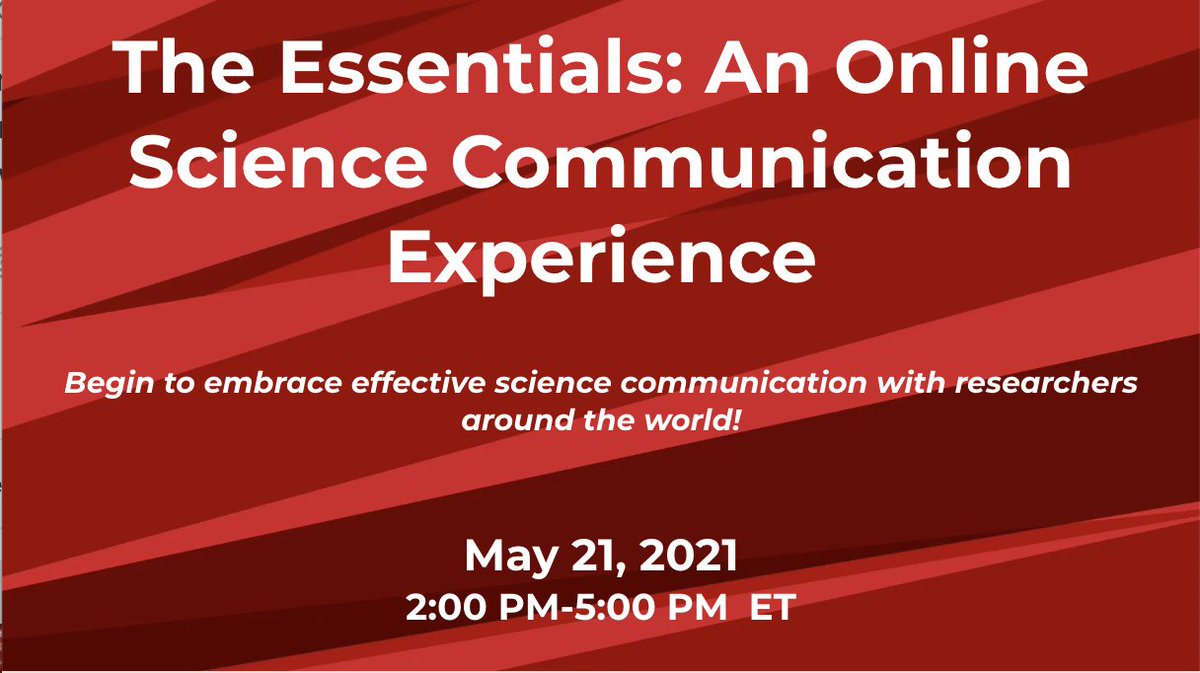Painting a Scicomm Picture of Your Research
Visual images might be the most efficient way humans communicate. They grab our attention, maintain motivation and can convey simple or complex ideas. This is why creating images, infographics or graphical abstracts about scientific findings is regarded as one of the most important pillars of science communication.
Graphical abstracts attract readers, which is why many journals ask for them. Sharing infographics on social media also increases shares and abstract views.
Yet few scientists are graphical wizards and creating a visual to explain a scientific concept can be scary. But it doesn’t have to be.
Once you’ve created an image showcasing your research, you have something to add to the journal submission, to share on social media and to include in an upcoming talk.
Visual science communication is a type of communication
Similar to other science communication projects, when creating scientific imagery, consider a few things before you start.
- Know your audience
If you use certain icons or illustrations, will your audience know what they mean or represent? If not, keep thinking.
- The key message of your image
As always in science communication, be clear about the key message that your image is supposed to convey. Make sure everything within that image helps bring your key message across.
- A logical flow of information
As in the storytelling approach, you must arrange visual information logically so that your reader can make sense of the story. For example, you can focus on one key player and follow its actions throughout the image.
Tell a story with your illustration
Having figured out the basics of your visual, decide WHAT your illustration shows. Can you draw something yourself, or do you want or need to use some kind of software?
If the latter is the case, I recommend Biorender or Mind the Graph for scientific illustrations. These creative platforms have lots of scientific icons and templates you can adapt. If you want to create visuals aimed at non-scientific audiences, Canva may be a good choice. That software allows you to visualise anything you like for any specific platform and social media outlet.
When creating your image, help your audience understand your key message by following a few pieces of advice.
- Simplicity over complexity
Only show objects that are essential for your story. If an image shows too many objects, our brains cannot distinguish which pieces of information are important and worth remembering.
- Connect your visual to your text
Make sure your illustration only shows details that you explain in the text or in the social media post. Additional "stuff" in an illustration without a direct connection to the text will confuse the reader.
- Be inclusive
Make sure visually impaired people can understand your image. Hence, refrain from using red and green objects close together and use distinct borders for all your objects. This will help distinguish between different players in your illustration in case they cannot distinguish them by colour.
- No text or big text
Sometimes it is really great to not have any text in an illustration. If you do have text, make sure it is big and easy to read.
- Use high contrasts for objects and backgrounds
To help your audience better distinguish the different players in your image, make sure to use dark objects on a bright background and bright objects on a dark background.
- Highlight the important players
Use bright colours for the important players of your illustration. Consider giving the “bad guys” of your story or the antagonist a red or darker colour.
- Help the audience follow sequences
If you show a sequence in your illustration, help your reader follow each step. You could do this by numbering the steps or using arrows to follow the sequence.
Painting a SciComm story
Creating a scicomm visual is similar to other science communication projects. As long as you are aware of your audience, you can use a storytelling approach to convey your key message, talk about your key player, and its struggles. By keeping the scientific jargon to a minimum, you’ll help your audience make sense of the science and learn from your research.









